Smooth start for Chang'e-3
Updated: 2013-12-03 09:06
By Zhao Lei in Xichang, Sichuan province, Fu Jing in Brussels, Chen Jia in San Francisco and Zhao Huanxin in Beijing (China Daily)
|
||||||||
Soft landing
The soft-landing processes of the US and former Soviet Union's unmanned spacecraft had no capacity to hover or avoid obstacles, but Chang'e-3 is able to accurately survey landforms at the landing site and identify the safest spots on which to touch down, according to the State Administration of Science, Technology and Industry for National Defense.
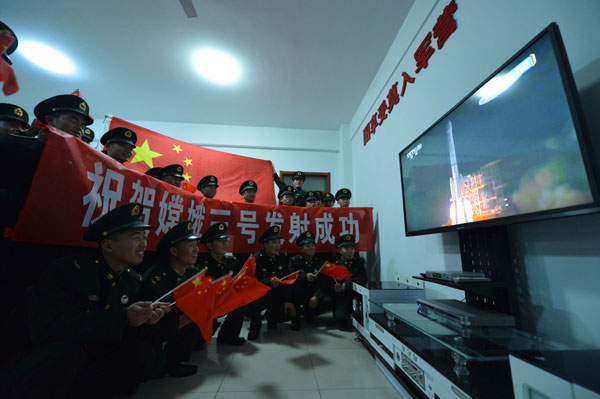 |
|
Soldiers of the People's Liberation Army in Jinan, Shandong province, watch a live broadcast of the launch on television. [Photo/Xinhua] |
To enable it to land quickly, the probe is equipped with high-precision, fast-response sensors, which can analyze its motion and surroundings. The variable-thrust engine, which is indigenously developed by Chinese scientists, can generate up to 7,500 newtons of thrust.
After landing, the unmanned craft will activate Yutu, which will roam the moon's surface to learn more about the Earth's only natural satellite, according to Li Benzheng, deputy commander of the lunar exploration program.
The first man-made object to reach the moon was the Soviet spacecraft Luna-2, which crashed into the surface on Sept 14, 1959. That was followed almost three years later by the first US spacecraft, Ranger 4, on April 26, 1962.
However, the first soft landing on the moon was made by the USSR's Luna-9 on February 3, 1966.
The US and the former USSR are the only countries to have achieved the feat of landing on the lunar surface. They managed 22 soft landings between them, six of them manned missions by the US. China will become the third member of that elite club if the Chang'e-3 mission is successful.
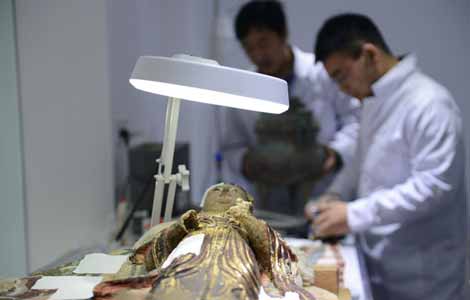
 Simulated archaeology takes you back in time
Simulated archaeology takes you back in time
 Thai PM calls for talks, protest leader defiant
Thai PM calls for talks, protest leader defiant
 'Cyber Monday' sales set to hit record
'Cyber Monday' sales set to hit record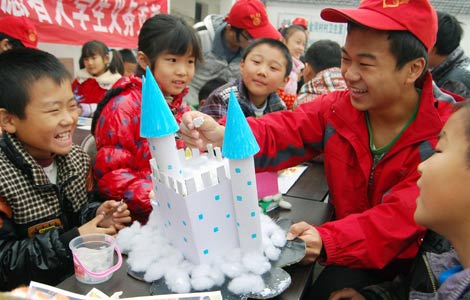
 Tapping the power of youth volunteers
Tapping the power of youth volunteers
 Shanghai braces for second day of severe pollution
Shanghai braces for second day of severe pollution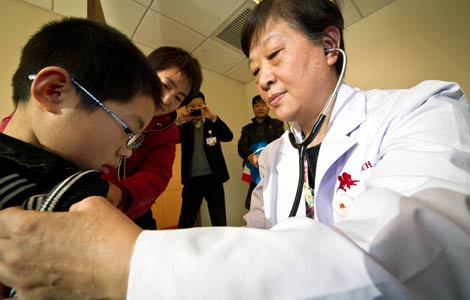
 Private hospitals face challenges
Private hospitals face challenges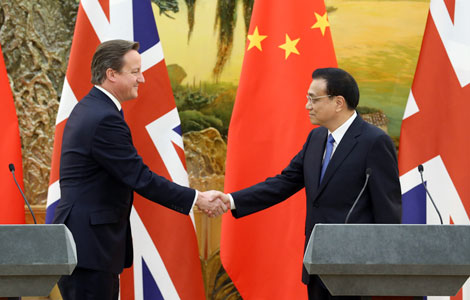
 Chinese premier meets Britain's Cameron
Chinese premier meets Britain's Cameron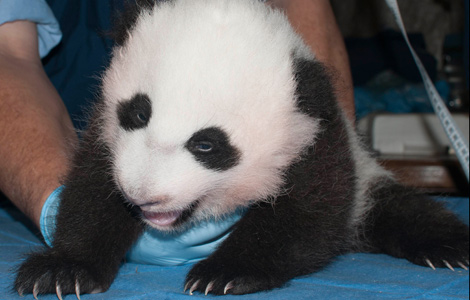
 Washington's panda named Bao Bao
Washington's panda named Bao Bao
Most Viewed
Editor's Picks

|

|

|
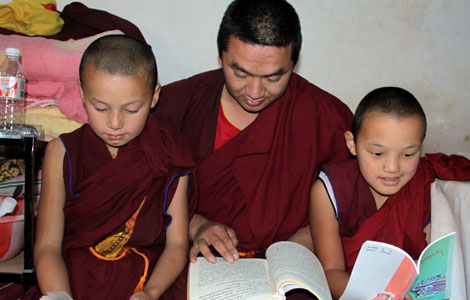
|

|

|
Today's Top News
Online shopping changing retail world
House hunting the world in Chinese
Chinese credit agency forecasts future US downgrade
China-UK collaboration is about time: President Xi
Biden's Asia trip under pressure
FTZ OKs offshore accounts
Amazon testing delivery with drones
Private hospitals face challenges
US Weekly

|

|





